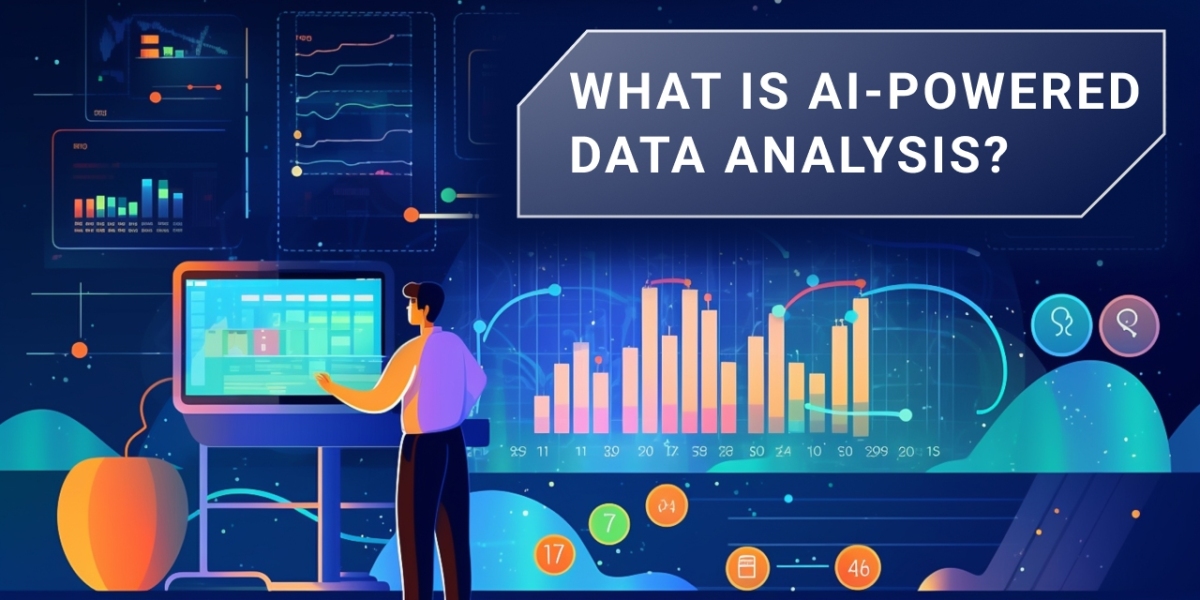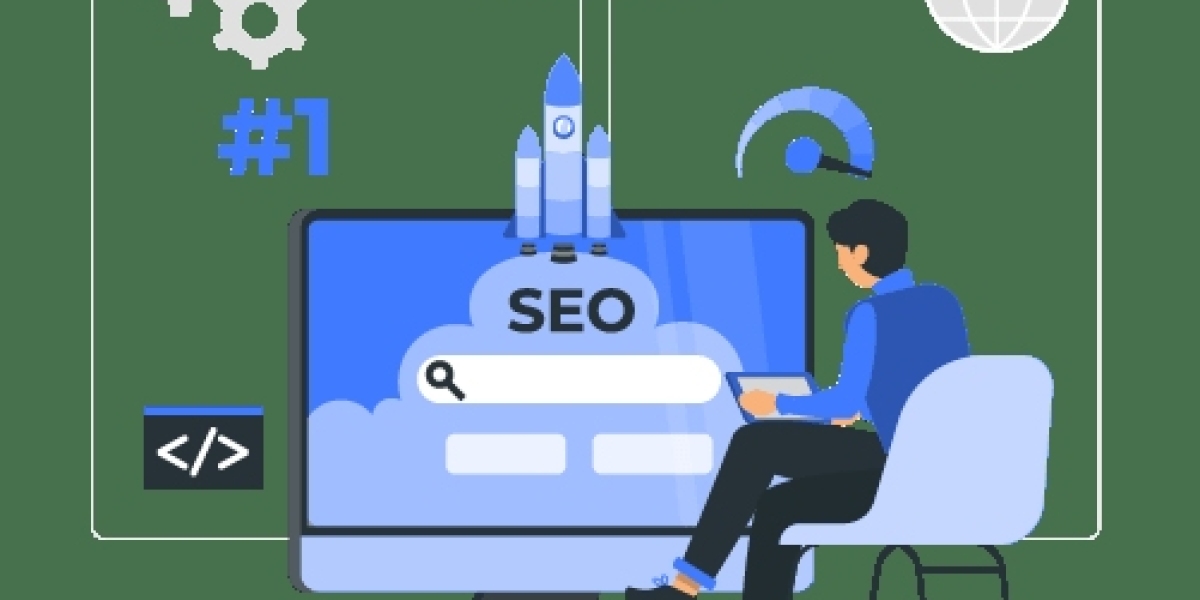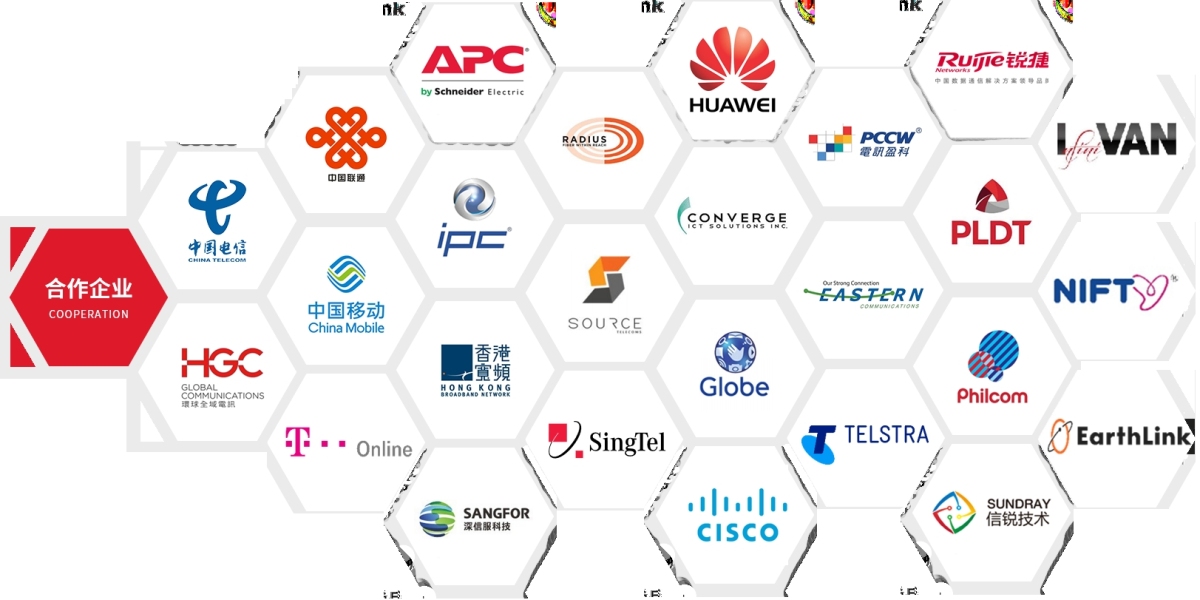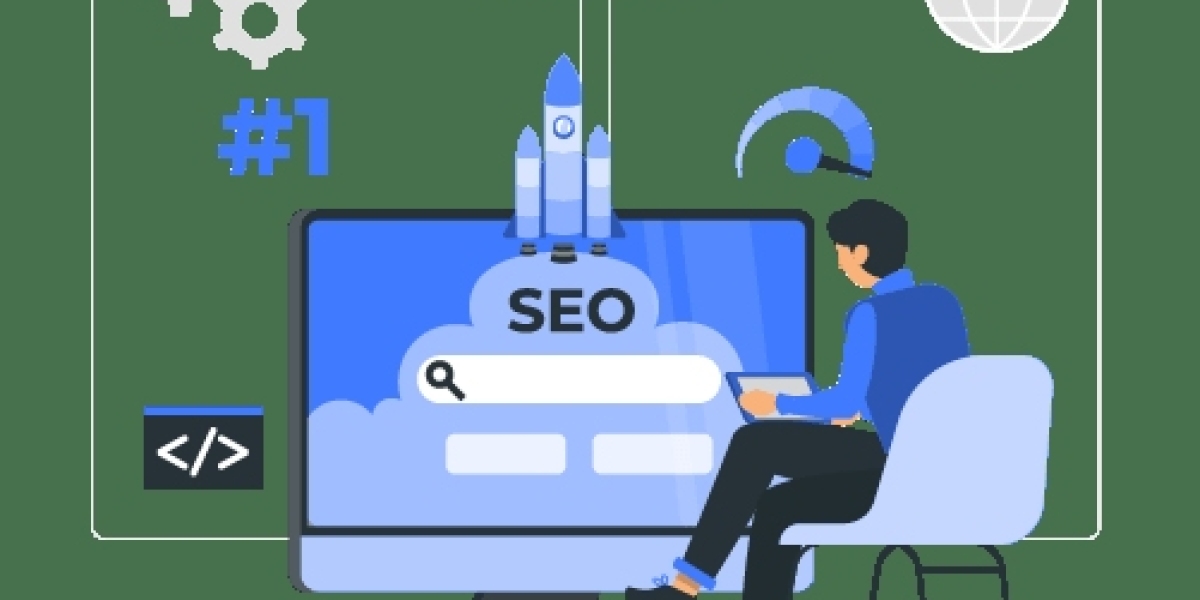Introduction: What Is AI-Powered Analytics?
Key Technologies Behind AI Analytics
Benefits of AI-Powered Analytics for Business and Government
AI Use Cases Across Different Sectors
AI Analytics vs Traditional Analytics
Challenges and Ethical Considerations
How to Implement AI Analytics in Your Organization
Top AI Analytics Tools and Platforms in 2025
FAQs About AI-Powered Analytics
Conclusion: Data Intelligence in the Age of AI
AI-Powered Analytics: How Artificial Intelligence is Transforming Data-Driven Decision Making
Introduction: What Is AI-Powered Analytics?
In today’s data-saturated world, extracting meaningful insights from vast volumes of information is no longer optional — it’s essential. AI-powered analytics refers to the use of artificial intelligence and machine learning to automate and enhance data analysis, enabling organizations to uncover patterns, predict outcomes, and make smarter decisions faster.
Unlike traditional analytics, which relies heavily on historical data and manual modeling, AI analytics can process unstructured data, learn from new inputs, and generate real-time recommendations. It combines algorithms, big data infrastructure, and cognitive computing to turn raw data into strategic intelligence.
AI-powered analytics is being adopted across industries — from retail and finance to public health, logistics, and smart cities. Whether it’s forecasting consumer demand, detecting fraud, or optimizing traffic systems, AI is reshaping the way organizations understand and act on their data.
? Fact: According to IDC, global spending on AI systems will reach $300 billion by 2026, with analytics being one of the top use cases.
Key Technologies Behind AI Analytics
AI-powered analytics is not a single tool — it’s an ecosystem of interrelated technologies working together to extract value from data.
? 1. Machine Learning (ML)
ML algorithms learn from data without being explicitly programmed. They can classify, cluster, and predict outcomes across datasets.
Supervised learning: For labeled data (e.g., predicting sales)
Unsupervised learning: For pattern discovery (e.g., customer segmentation)
Reinforcement learning: For dynamic decision-making (e.g., real-time pricing)
? 2. Natural Language Processing (NLP)
NLP allows machines to read, understand, and generate human language — enabling the analysis of unstructured text, such as emails, documents, and social media.
Use Case: Sentiment analysis for customer reviews or citizen feedback
? 3. Predictive Analytics
Combining statistical models and AI, predictive analytics forecasts future events based on historical and real-time data.
Use Case: Demand forecasting, risk modeling, churn prediction
? 4. Big Data Platforms
AI analytics relies on distributed computing (e.g., Hadoop, Spark) to process massive datasets. Data lakes and warehouses centralize structured and unstructured information.
Infrastructure: Cloud-native environments (AWS, Azure, GCP), edge analytics, IoT data streams
? 5. Deep Learning & Neural Networks
Advanced AI models that simulate human brain structures. They are used in image recognition, speech processing, and anomaly detection.
Example: Deep learning used in autonomous vehicles and disease diagnostics
Benefits of AI-Powered Analytics for Business and Government
Implementing AI-powered analytics can revolutionize how organizations operate — not just by improving efficiency, but by enabling proactive, predictive, and personalized decision-making.
✅ 1. Real-Time Decision Making
AI analytics platforms process data in real time, allowing businesses and governments to respond immediately to emerging trends or anomalies.
Example: A logistics company rerouting trucks instantly based on weather or traffic changes.
✅ 2. Improved Forecast Accuracy
By learning from historical data and detecting patterns humans may miss, AI dramatically improves the accuracy of sales, demand, or risk forecasts.
Example: Retailers can reduce inventory costs while ensuring stock availability.
✅ 3. Enhanced Customer Experience
Through behavioral analysis and sentiment tracking, AI helps personalize customer interactions, leading to higher satisfaction and retention.
Example: Telecom providers using AI to recommend the best data plan based on actual usage.
✅ 4. Fraud and Anomaly Detection
AI models can monitor transactions, network behavior, or operational data to detect suspicious patterns far earlier than traditional systems.
Example: Financial institutions preventing fraudulent credit card activity in milliseconds.
✅ 5. Operational Efficiency and Automation
Repetitive and time-consuming tasks — such as report generation, data classification, or performance tracking — can be automated with AI.
Example: HR departments using AI to screen resumes and shortlist applicants.
✅ 6. Cost Reduction
AI-driven automation and optimization reduce the need for manual labor and minimize costly errors or inefficiencies.
Example: Manufacturing companies predicting equipment failure before it happens (predictive maintenance).
✅ 7. Scalability
AI systems scale effortlessly to analyze billions of data points across different formats — text, images, video, audio — and from various sources (IoT, CRM, web).
AI Analytics Use Cases Across Different Sectors
AI-powered analytics is transforming almost every industry. Below are the most impactful use cases by sector:
?️ Government and Public Sector
Urban Planning: AI analyzes population, traffic, and utility data to guide smart city design
Crime Prevention: Predictive policing using real-time crime pattern analysis
Disaster Management: AI models forecast floods, earthquakes, and typhoons for proactive evacuation
? Enterprise and Finance
Risk Management: Automated detection of financial anomalies or credit risk profiles
Customer Insights: Real-time analysis of consumer behavior, churn prediction, and targeted offers
Chatbots and Virtual Assistants: NLP-powered support for 24/7 service
? Healthcare
Medical Imaging: AI detects anomalies in X-rays or MRIs faster than radiologists
Disease Prediction: Predictive models for diabetes, heart conditions, and infectious disease spread
Patient Journey Optimization: From appointment scheduling to treatment plan compliance
? Supply Chain and Logistics
Demand Forecasting: Reducing overstock and stockouts by analyzing weather, events, trends
Route Optimization: AI adjusts delivery routes in real time
Warehouse Robotics: Machine vision helps automate product picking and sorting
? Education and E-Learning
Personalized Learning Paths: Adaptive platforms adjust content difficulty based on learner behavior
Dropout Prediction: AI flags at-risk students early based on engagement patterns
Automated Grading: NLP models score essays and quizzes
? Telecom and IT
Network Optimization: AI analyzes usage patterns and proactively allocates bandwidth
Fault Prediction: Identifies service outages before they happen
Fraud Prevention: AI detects SIM cloning, illegal recharges, and fake accounts
AI Analytics vs Traditional Analytics
While both traditional analytics and AI-powered analytics aim to derive insights from data, their methods, speed, and capabilities are fundamentally different. Understanding these distinctions is crucial for organizations deciding whether to upgrade their analytics infrastructure.
| Feature / Capability | Traditional Analytics | AI-Powered Analytics |
|---|---|---|
| Data Handling | Mostly structured data (spreadsheets, SQL) | Structured + unstructured (text, images, audio) |
| Speed | Manual or batch processing | Real-time or near real-time processing |
| Scalability | Limited to certain volume/format | Scales across billions of data points |
| Intelligence | Static dashboards, human interpretation | Self-learning, adaptive models |
| Automation | Low | High – end-to-end automation possible |
| Prediction | Based on historical trends | Predictive and prescriptive capabilities |
| Human Involvement | High (analysts must explore patterns) | Lower (AI suggests or automates actions) |
When to Use Traditional Analytics:
For descriptive reports and compliance reporting
When datasets are small and clean
When domain experts prefer full control over logic
When to Use AI-Powered Analytics:
When dealing with real-time or high-volume data
For predictive insights or pattern recognition
When seeking efficiency, automation, and adaptability
Challenges and Ethical Considerations
Despite its transformative potential, AI-powered analytics presents challenges that organizations must address proactively.
⚠️ 1. Data Quality and Availability
AI is only as good as the data it’s trained on. Inconsistent, biased, or incomplete data can lead to inaccurate predictions.
Solution: Establish robust data governance policies, including validation, cleansing, and standardization.
⚠️ 2. Bias and Fairness
AI models can inherit biases present in historical data, leading to unfair or discriminatory outcomes (e.g., in hiring or lending).
Solution: Regular audits, fairness-aware algorithms, and diverse training datasets.
⚠️ 3. Privacy and Security
Using personal or sensitive data in AI analytics raises serious concerns about compliance with laws like GDPR, HIPAA, and local data protection acts.
Solution: Anonymization, encryption, user consent management, and strict access controls.
⚠️ 4. Explainability
Many AI models are black boxes. Users may not understand how a prediction was made — which is risky in regulated industries.
Solution: Use explainable AI (XAI) techniques and models that prioritize interpretability.
⚠️ 5. Skill Gap
Organizations may struggle to hire or train staff capable of deploying and maintaining AI systems.
Solution: Partner with external AI experts or platforms; upskill employees through training programs.
⚠️ 6. Cost of Implementation
Advanced AI platforms and infrastructure (e.g., GPUs, cloud computing) can be expensive upfront.
Solution: Start with cloud-based or modular solutions, scale as ROI is demonstrated.
How to Implement AI Analytics in Your Organization
Successful adoption of AI-powered analytics requires more than just tools — it demands a strategic, step-by-step approach that aligns with your goals, data maturity, and capabilities.
✅ Step-by-Step Guide:
1. Define Clear Business Objectives
Start with questions like:
What decisions do we want to improve?
Which processes can we automate or optimize?
Are we trying to predict, detect, or recommend something?
2. Assess Your Data Readiness
Identify available datasets and their formats
Check for missing, inconsistent, or biased data
Set up centralized data warehouses or data lakes if needed
3. Build or Source a Cross-Functional Team
Data Scientists / AI Engineers
Business Analysts
Domain Experts (Finance, HR, Operations, etc.)
IT and Cybersecurity
4. Choose the Right Tools or Partners
Select AI analytics platforms based on:
Scalability
Integration with existing systems
User-friendliness
Security and compliance features
Tip: Start with one or two pilot projects to demonstrate ROI quickly.
5. Train Stakeholders and Decision Makers
Conduct internal workshops and onboarding
Promote data literacy at all levels
Encourage a data-driven culture, not just a tech upgrade
6. Monitor, Refine, and Scale
Track performance with KPIs
Regularly retrain models as data evolves
Automate retraining and error detection over time
Top AI Analytics Tools and Platforms in 2025
Here are some of the most popular and powerful tools for building and running AI analytics systems:
? General AI Analytics Platforms
Google Cloud AI / BigQuery ML – Scalable, cloud-native, accessible for all teams
Microsoft Azure Synapse + AI Studio – Enterprise-grade analytics and integration
Amazon SageMaker – End-to-end ML lifecycle on AWS
IBM Watson Analytics – NLP, visual analysis, and enterprise security
DataRobot – AutoML for fast prototyping with business users in mind
? Specialized Tools
H2O.ai – Open-source AI and AutoML
RapidMiner – Drag-and-drop ML with visual workflows
Tableau + Einstein AI (Salesforce) – AI-driven dashboards and predictive insights
KNIME – Low-code data science for enterprises
Power BI + AI Builder – Microsoft-native analytics with AI-powered visuals
? Open Source Libraries (for Developers)
Scikit-learn (Python)
TensorFlow (Google)
PyTorch (Meta)
XGBoost, CatBoost, LightGBM (for tabular modeling)
FAQs About AI-Powered Analytics
Q1: What’s the difference between AI analytics and business intelligence (BI)?
BI focuses on reporting what happened. AI analytics goes further by predicting what will happen — and recommending or even automating what to do next.
Q2: Do I need coding skills to use AI analytics?
Not always. Many platforms (like DataRobot, Tableau, or Power BI AI) offer low-code or no-code interfaces for business users. However, complex custom models still require data science expertise.
Q3: Can small businesses use AI analytics?
Yes! Many cloud-based AI tools offer entry-level pricing and templates for small businesses. Starting small with targeted use cases is often the best strategy.
Q4: How do I ensure data privacy while using AI?
Use anonymization techniques, role-based access control, and comply with data protection laws like the Philippines' Data Privacy Act, GDPR, etc.
Q5: What industries benefit most from AI-powered analytics?
Nearly all: retail, banking, telecom, healthcare, logistics, government, manufacturing, education — each has unique, high-impact use cases.
Conclusion: Data Intelligence in the Age of AI
As data grows exponentially, manual analytics methods are no longer enough. AI-powered analytics gives organizations a vital edge — transforming raw data into real-time, actionable intelligence.
From smarter marketing and safer cities to faster diagnoses and more efficient supply chains, AI is revolutionizing decision-making. The key to unlocking this power is not just the technology, but the strategy behind how it's applied.
Whether you're a business leader, public official, or technical innovator, embracing AI analytics now means staying ahead of the curve — and setting the stage for a more intelligent, responsive, and data-driven future.
? Ready to leverage AI analytics for your organization?
Start with a pilot, train your team, and choose a partner that understands both your data and your goals.









